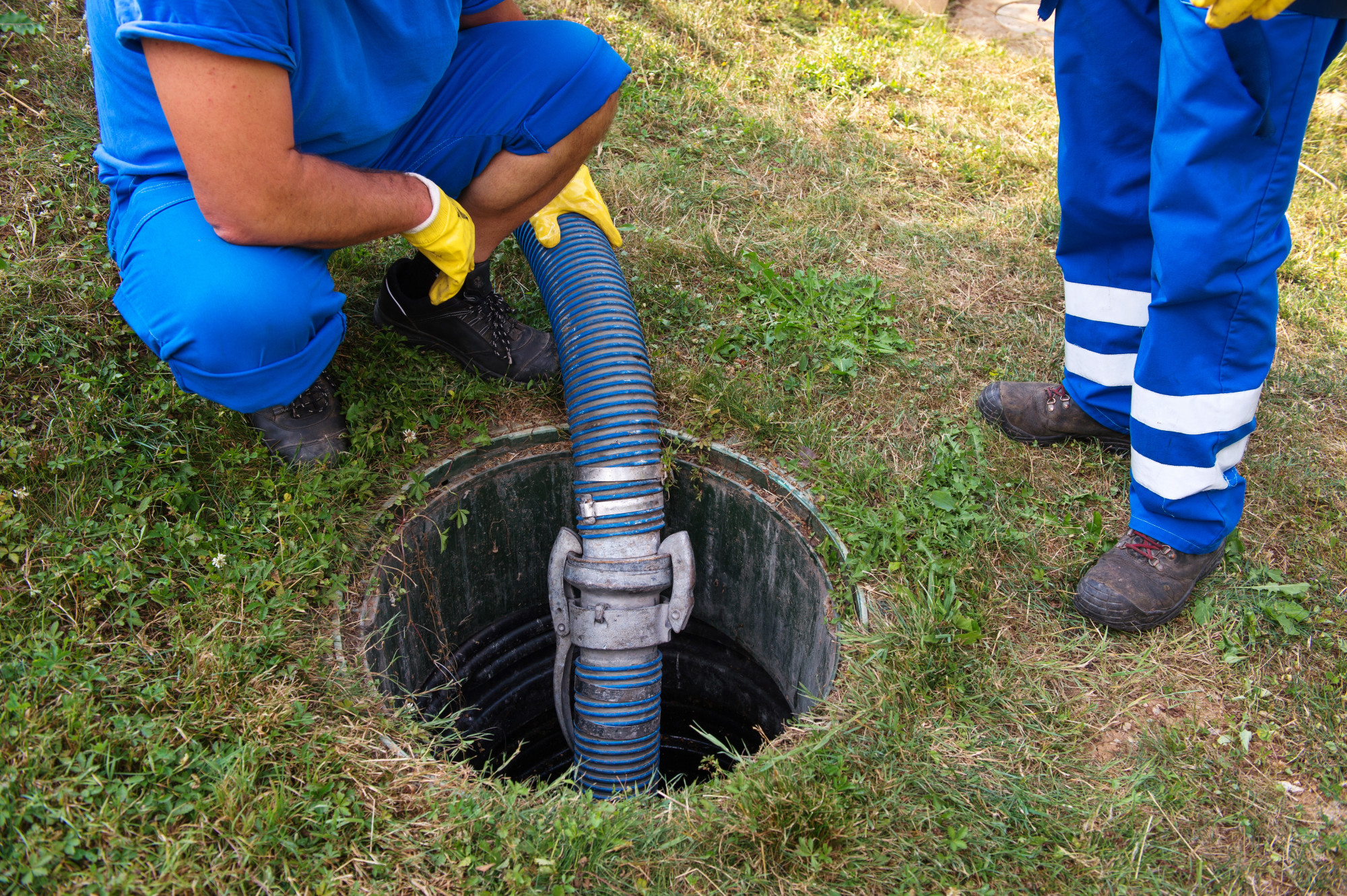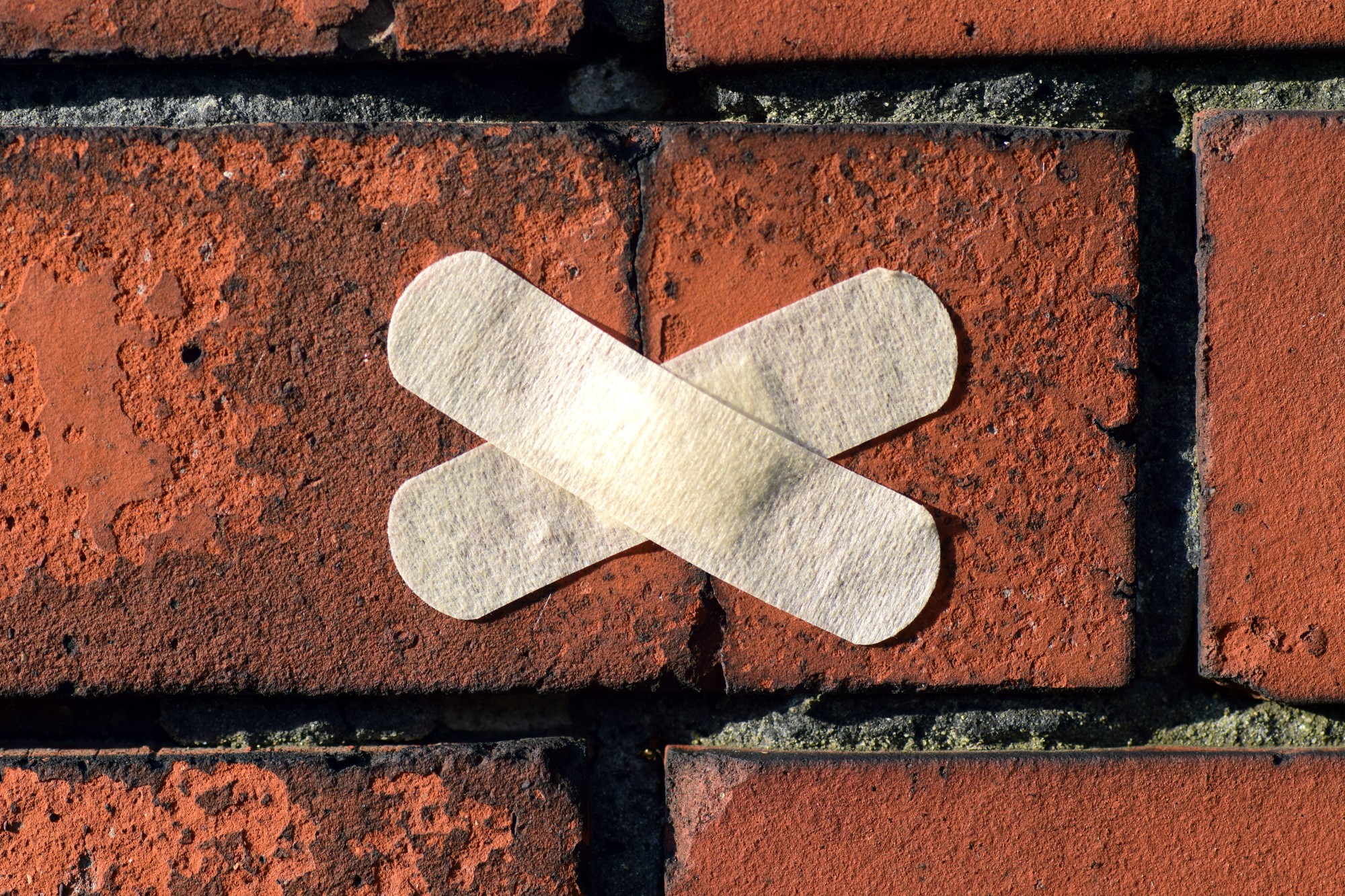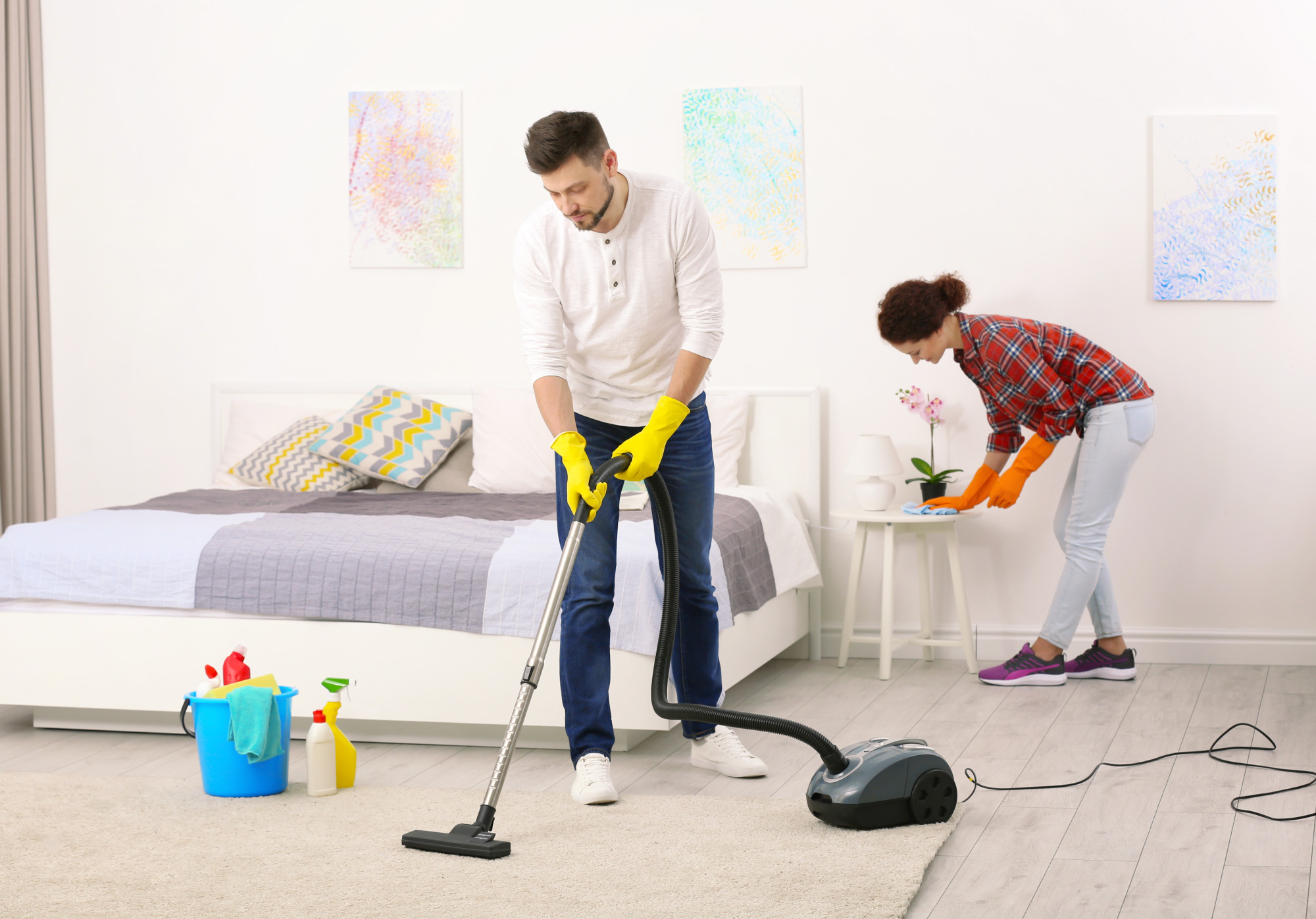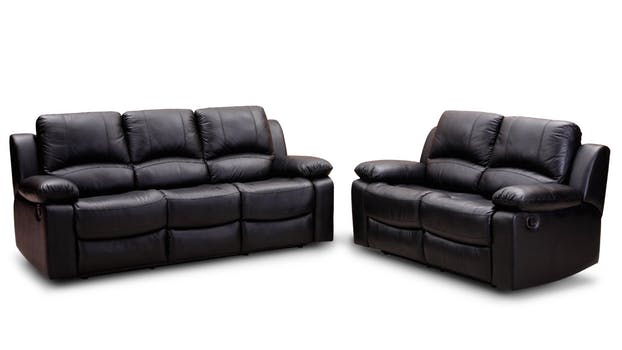Nothing can ruin a day at home, like when your garage door is broken. Imagine trying to pull in with your car, hauling in groceries, or getting your car out to head to work. When your garage door malfunctions, it can throw off your entire schedule.
And the last thing you want is to have to fix it yourself. Instead, don’t shy away from hiring a garage door company. It’s much easy when you have the right people working on it.
But how do you get the best company working for you? Keep reading below to see how to choose the perfect garage door company in your area.
Consider Your Needs
It’s essential first to consider your specific needs. Are you looking for a new garage door installation or replacement? Do you need repairs or maintenance?
What type of garage door do you need? What garage door styles are you considering? What size?
A savvy homeowner knows what they need for the betterment of their home.
Narrow Down Your Options
After knowing your needs, look for companies while asking yourself the following questions:
How long has the company been in business? What is the company’s reputation?
What is the status of the company’s licensing and insurance? Do they have the necessary documents to prove it?
Does the company have guarantees? Is the company’s customer service accommodating and friendly?
Not all companies are equal. And these questions will be able to help you narrow down the best ones for your residential garage.
Check Online Reviews
You can get a good sense of the quality of a company’s work and customer service by reading what others say about their experience.
Seeing many positive reviews is a good sign that the company is reliable and does quality work. You can also get a sense of what to expect in terms of pricing by reading reviews.
Of course, you should always take online reviews with a grain of salt, as there are always a few people who are never happy with anything. But if you see a preponderance of good reviews, it indicates that you’ve found a good company.
Ask For Recommendations
Ask friends or family who has recently hired garage door installers. This way, you can ask more specific questions compared to online reviews. You could ask them if there were little significant details you should know that online reviewers might have missed.
Just make sure you ask people you trust and who have your back.
Get Multiple Estimates
You should always get multiple estimates before making a decision. Compare prices and services to find the best company for your needs. Getting at least three estimates to compare is ideal.
Remember to also ask about any warranties or guarantees that are offered. And that the cheapest or most expensive are often not the right way to go. Most importantly, make sure you are comfortable with the company before you make your final decision and contact them.
The Best Garage Door Company Is Right Around the Corner
Pay attention to reputation, years in business, warranty coverage, and safety procedures. The best garage door company will improve the value of your home, make your daily life more accessible, and ensure the security and safety of your home.
If you’re looking for more information on home improvement, we’re here to help. Check back with our blog frequently for new tips and tricks for making your property beautiful.
 Your garage door is one of your most important assets. It protects you, your loved ones, and your belongings from the outside world.
Your garage door is one of your most important assets. It protects you, your loved ones, and your belongings from the outside world.
 You’ve been thinking about selling your home, but there’s one big problem – the foundation is cracked. You’re not sure how to sell a home with a cracked foundation, but you don’t want to just give it away.
You’ve been thinking about selling your home, but there’s one big problem – the foundation is cracked. You’re not sure how to sell a home with a cracked foundation, but you don’t want to just give it away.
 If you’re an avid gardener and lawn lover, you know keeping your plants, shrubs, and lawn healthy is essential to enjoy a bountiful garden or lawn. In fact, you may find yourself spending a few hundred dollars on that lawn or thousands for a great yard.
If you’re an avid gardener and lawn lover, you know keeping your plants, shrubs, and lawn healthy is essential to enjoy a bountiful garden or lawn. In fact, you may find yourself spending a few hundred dollars on that lawn or thousands for a great yard.
 Are you looking to hire a roofing company to repair or replace the roof of your home? Do you want to choose the best roofing company that offers quality services that fit your budget?
Are you looking to hire a roofing company to repair or replace the roof of your home? Do you want to choose the best roofing company that offers quality services that fit your budget? Are your couches old and worn out? If they’re starting to look less stylish than they used to be, then you might want to consider investing in some new ones.
Are your couches old and worn out? If they’re starting to look less stylish than they used to be, then you might want to consider investing in some new ones. Do you want a lawn that’s all green? Are you looking for some lawn care tips to make your grass grow healthy?
Do you want a lawn that’s all green? Are you looking for some lawn care tips to make your grass grow healthy?